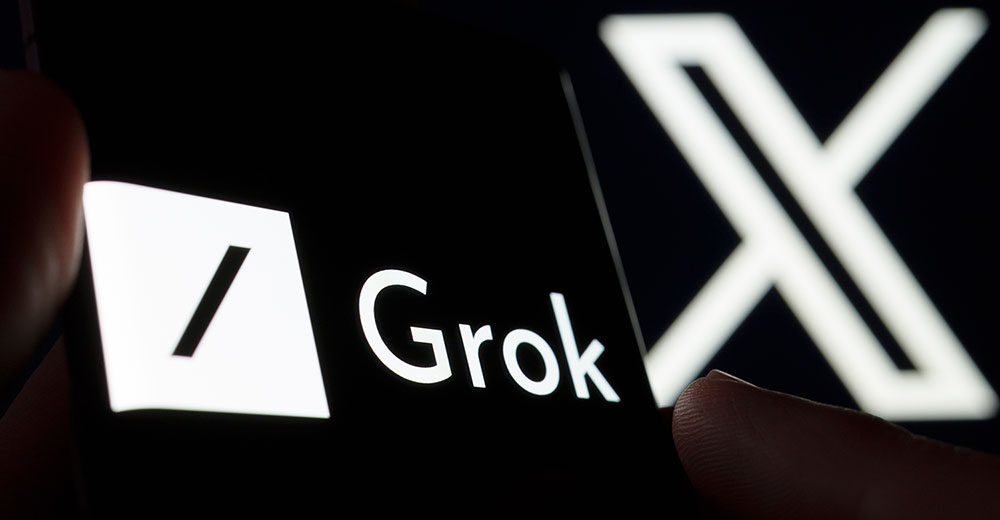Elon Musk’s xAI has open-sourced Grok, its advanced AI chatbot model. This bold move reflects a growing trend among technology giants, signaling a shift towards more transparency and collaboration in the development of artificial intelligence technologies. By releasing Grok on GitHub, xAI has provided the public with access to the model’s base weights and network architecture under the Apache 2.0 license, which facilitates commercial use while withholding the training code and specific application fine-tuning details.

This initiative by xAI is emblematic of the broader industry’s struggle to balance the ideals of open innovation with the realities of maintaining proprietary advantages. On the one hand, open-sourcing Grok democratizes access to state-of-the-art AI technologies, enabling a global community of researchers and developers to experiment, innovate, and contribute to the field’s advancement. This approach can accelerate the discovery of novel applications and improvements in AI, fostering a culture of rapid innovation that is crucial for addressing both the opportunities and challenges presented by these technologies.
On the flip side, the decision to withhold Grok’s training code and detailed application tuning raises significant questions about the depth of transparency and the full potential for leveraging this model within the AI community. Without access to these critical components, researchers and developers may find it challenging to replicate or fully understand Grok’s capabilities and behaviors, limiting their ability to scrutinize the model’s decision-making processes, biases, and ethical considerations comprehensively.
The strategy of partial open-sourcing, as demonstrated by xAI’s release of Grok, encapsulates the complex dynamics at play in the field of artificial intelligence. While it fosters a semblance of openness and collaboration, it also underscores the tensions between the desire for community engagement and the necessity of safeguarding competitive and intellectual property interests.
The impact of Grok’s open-source release will be closely watched. The future of AI development will likely be shaped by how effectively the tech community can build upon, innovate with, and critically evaluate the technologies shared within these partially open frameworks.

